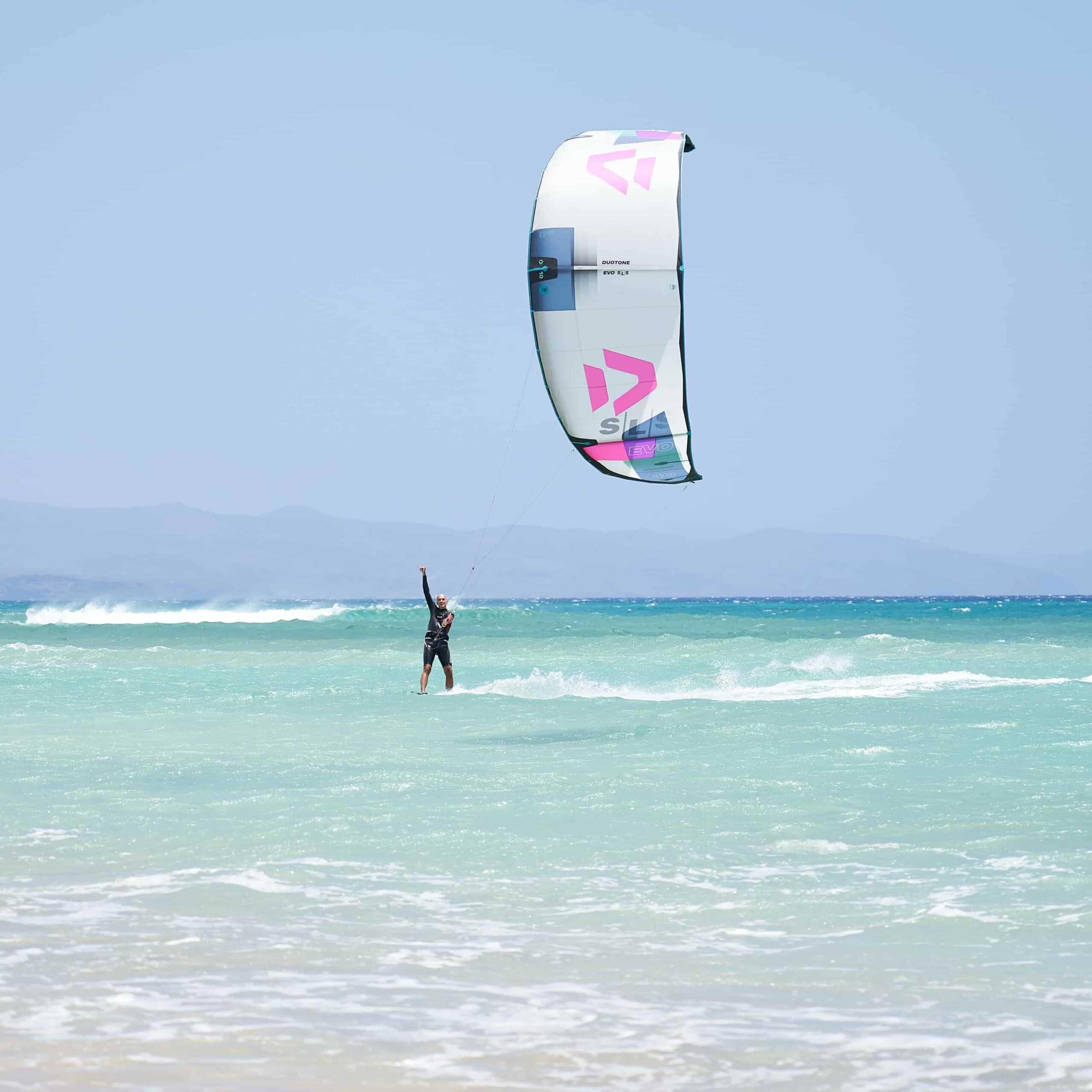Introduction:-Sports diving, a thrilling and visually captivating discipline, combines athleticism, precision, and artistry. Whether you’re an avid fan, a recreational diver, or aspiring athlete, understanding the rules that govern this exhilarating sport is crucial. In this comprehensive guide, we’ll delve into the world of sports diving, exploring its rules, regulations, and the intricacies that make it a truly unique and challenging endeavor.
I. Overview of Sports Diving:
Sports diving, often simply referred to as diving, involves performing acrobatic and gymnastic movements while airborne before entering the water. The sport is recognized for its grace, precision, and the diver’s ability to execute complex maneuvers with finesse. Competitive diving is governed by various organizations, including the International Swimming Federation (FINA), which establishes the rules to ensure fair play and safety.
II. Competition Categories:
Sports diving competitions are categorized based on the type of dive performed. The primary categories include:
-
Springboard Diving:
- 1.1. 1m Springboard
- 1.2. 3m Springboard
-
Platform Diving:
- 2.1. 10m Platform
Each category has specific rules and requirements, and divers are scored based on the degree of difficulty, execution, and overall performance of their dives.
III. Scoring System:
The scoring system in sports diving is both intricate and subjective, reflecting the artistic and technical nature of the sport. The judging panel evaluates each dive based on several criteria:
-
Degree of Difficulty (DD):
- Divers choose a specific dive from a predetermined list, each assigned a degree of difficulty. The DD is a multiplier that influences the overall score.
-
Execution:
- Judges evaluate the execution of the dive, considering factors such as form, body position, and entry into the water. Deductions are made for errors or imperfections.
-
Approach and Takeoff:
- The approach to the diving board or platform and the takeoff are critical elements in a dive. Judges assess the athlete’s technique and precision during these phases.
-
Flight:
- The quality of the dive’s airborne phase, including somersaults and twists, is evaluated for fluidity, control, and body alignment.
-
Entry into the Water:
- A seamless entry with minimal splash is essential. Judges look for a clean and controlled descent into the water.
IV. Dive Categories:
Dives in sports diving are categorized by their movements, rotations, and positions. Some common dive categories include:
Elevate your game with top-notch sports gear Long jump and High jump expert advice. Explore our latest collection for unbeatable performance and style.
-
Forward Dives:
- Executed while facing forward, these dives include various positions and somersaults.
-
Backward Dives:
- Divers perform these dives while facing away from the water, incorporating backward somersaults and twists.
-
Reverse Dives:
- Combining elements of both forward and backward dives, reverse dives add complexity with a backward takeoff.
-
Inward Dives:
- These dives involve facing inward toward the platform or springboard, adding a unique challenge to the athlete.
-
Twisting Dives:
- Divers execute twists along with somersaults, showcasing their athleticism and spatial awareness.
V. Competition Protocol:
Sports diving competitions follow a structured protocol to ensure fairness and smooth operations. Key aspects of the competition protocol include:
-
Dive Lists:
- Divers submit a list of planned dives, including their degree of difficulty. This list is typically submitted before the competition starts.
-
Order of Divers:
- The order in which divers perform is determined randomly or based on their previous performances. This ensures equal opportunities for all athletes.
-
Warm-Up:
- Divers are provided with a designated warm-up period before the competition. This allows them to familiarize themselves with the equipment and conditions.
-
Competition Rounds:
- Diving competitions consist of multiple rounds, with divers progressively eliminated based on their cumulative scores.
VI. Judges and Officiating:
Sports diving relies on a panel of judges who play a crucial role in determining the outcome of competitions. The number of judges varies, but there are typically seven judges for each dive. Judges undergo extensive training to hone their ability to assess dives accurately and impartially.
-
Judging Criteria:
- Judges score dives based on the established criteria, and the highest and lowest scores are often discarded to minimize bias.
-
Technology in Judging:
- In modern sports diving, technology, such as slow-motion replays, is employed to aid judges in making accurate assessments, especially for intricate and high-speed maneuvers.
VII. Safety Measures:
Safety is paramount in sports diving, and strict measures are in place to protect athletes and ensure a secure competition environment. Key safety considerations include:
-
Equipment Inspection:
- Diving boards, platforms, and related equipment undergo regular inspections to ensure they meet safety standards.
-
Medical Clearance:
- Athletes are required to undergo medical examinations to assess their fitness for diving at a competitive level.
-
Emergency Protocols:
- Competitions have established emergency protocols to address any unforeseen incidents, with medical personnel and facilities on standby.
VIII. Notable Divers and Achievements:
Sports diving has produced numerous iconic athletes who have left a lasting impact on the sport. From Greg Louganis’s dominance in the 1980s to contemporary stars like Wu Minxia and Tom Daley, the sport continues to evolve, with each generation pushing the boundaries of what is possible.
IX. Challenges and Controversies:
Like any sport, sports diving is not without its challenges and controversies. From scoring disputes to debates over rule changes, the sport continually adapts to address emerging issues and maintain its integrity.
Conclusion:
Sports diving is a mesmerizing blend of athleticism, precision, and artistic expression. Understanding the rules and intricacies of this sport enhances the spectator experience and provides aspiring divers with the knowledge needed to excel. As the sport evolves and new talents emerge, the rules and regulations governing sports diving will undoubtedly adapt to ensure its continued growth and popularity on the global stage. Whether you’re a seasoned fan or a newcomer to the world of diving, the rules outlined in this comprehensive guide offer a deeper appreciation for the skill and dedication required to make a splash in the world of sports diving.












